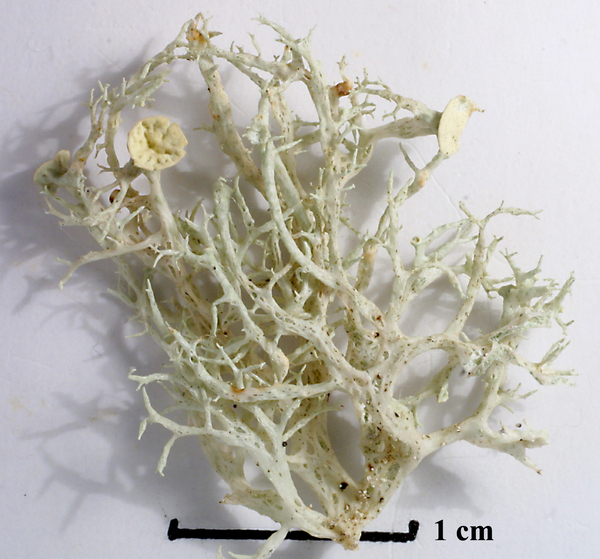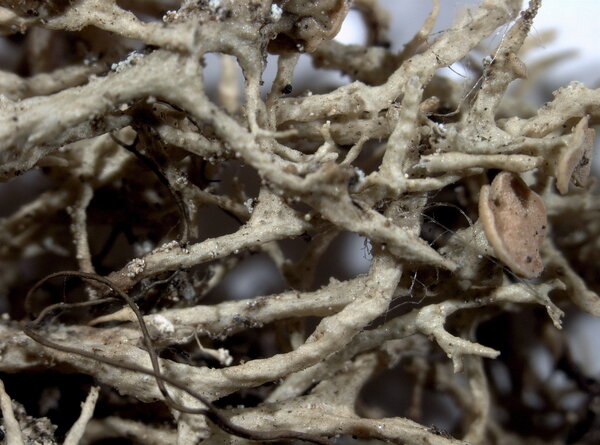Ramalina dilacerata (Hoffm.) Hoffm.
Herb. Viv., Coll. Plant. Sicc. Ces. Univ. Mosquensis: 451, 1825. Basionym: Lobaria dilacerata Hoffm. - Deutschl. Fl., 2: 140, 1796.
Synonyms: Fistulariella dilacerata (Hoffm.) Bowler & Riefner; Fistulariella minuscula (Nyl.) Bowler & Rundel; Ramalina minuscula Nyl.
Distribution: N - Ven, TAA (Nascimbene & al. 2007b). C - Abr, Mol (Ravera & Genovesi 2012, Genovesi & Ravera 2014). S - Camp (Aprile & al. 2003), Bas (Ravera & al. 2015d).
Description: Thallus fruticose, pale yellowish green, to 1.5(-2) cm tall, erect to ascending, abundantly branched, firmly attached by a basal holdfast, forming shrubby tufts to 2 cm broad. Branches <1 mm wide, inflated and fistulose, pellucid when wet, with a few to numerous, small, elongate or rounded fenestrations. Cortex thin; medulla white, very lax, especially below the apothecia, with sparse hyphae forming discontinuous bundles of chondroid tissue. Apothecia frequent, lecanorine, with a greenish disc and a thin, smooth thalline margin, mostly subterminal on smaller branches, subtended by a short, pointed spur. Asci 8-spored, clavate, Bacidia-type. Ascospores 1-septate, hyaline, shortly fusiform, 12-15 x 4-6 µm. Photobiont: chlorococcoid. Spot tests: thallus and medulla K-, C-, KC-, P-. Chemistry: cortex with usnic acid; medulla with sekikaic acid (without homosekikaic or divaricatic acids).Note: a cool-temperate to boreal-montane, probably circumpolar lichen found on twigs and branches of acid-barked trees (especially conifers) and more rarely on lignum in very humid situations, mostly in the montane and subalpine belts. For the earlier records from Southern Italy see Nimis (1993: 598). It is included in the Italian red list of epiphytic lichens as “Vulnerable” (Nascimbene & al. 2013c).
Growth form: Fruticose
Substrata: bark
Photobiont: green algae other than Trentepohlia
Reproductive strategy: mainly sexual
Commonnes-rarity: (info)
Alpine belt: absent
Subalpine belt: extremely rare
Oromediterranean belt: absent
Montane belt: extremely rare
Submediterranean belt: absent
Padanian area: absent
Humid submediterranean belt: absent
Humid mediterranean belt: absent
Dry mediterranean belt: absent

Predictive model
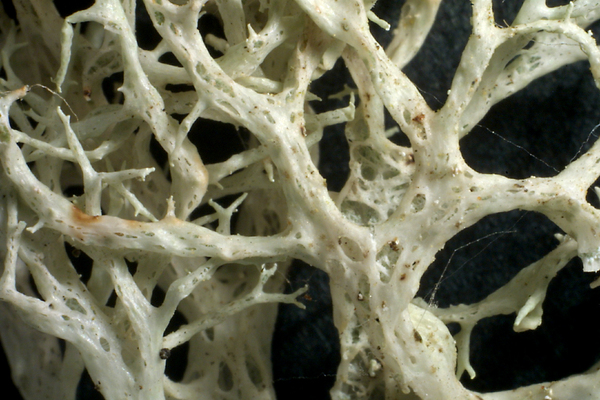
Felix Schumm - CC BY-SA 4.0
[9499], USA, Washington, Lewis County: Randle. Along trail near Oliver Creek at bridge. Mixed stand of hardwood and conifers 20 years old along a small riparian area. On Alnus rubra bole. 46°32.783' N, 121°59.714' W, 1540 ft. Leg. Jim Riley 24.09.2001
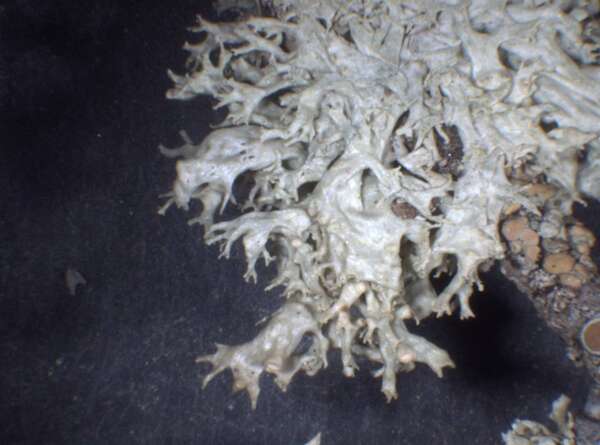

P.L. Nimis; Owner: Department of Life Sciences, University of Trieste
Herbarium: TSB (33746)
2003/03/12
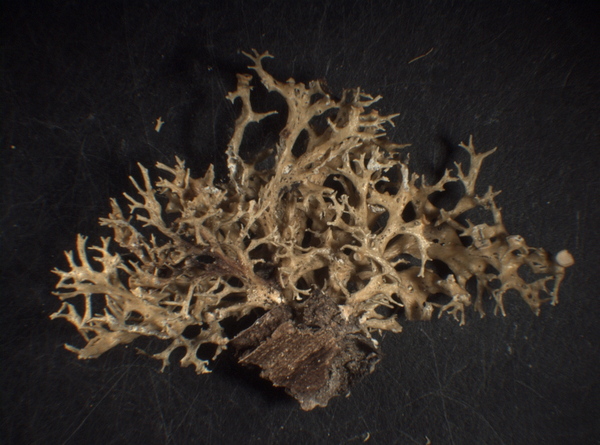

E. Pittao; Owner: Department of Life Sciences, University of Trieste
Herbarium: TSB (27597)
2008.04.02
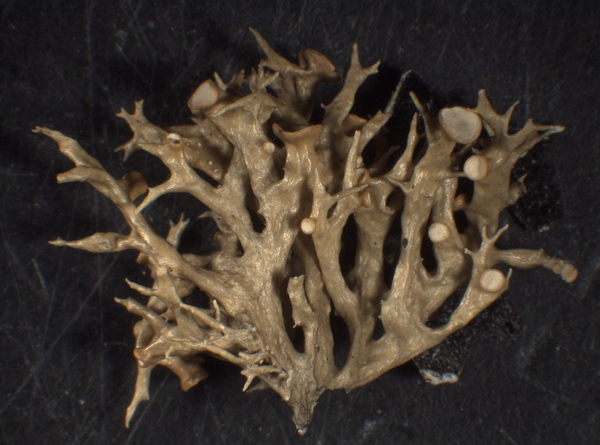

E. Pittao; Owner: Department of Life Sciences, University of Trieste
Herbarium: TSB (27597)
2008.04.02


E. Pittao; Owner: Department of Life Sciences, University of Trieste
Herbarium: TSB (33746)
2008.04.02
Growth form: Fruticose
Substrata: bark
Photobiont: green algae other than Trentepohlia
Reproductive strategy: mainly sexual
Commonnes-rarity: (info)
Alpine belt: absent
Subalpine belt: extremely rare
Oromediterranean belt: absent
Montane belt: extremely rare
Submediterranean belt: absent
Padanian area: absent
Humid submediterranean belt: absent
Humid mediterranean belt: absent
Dry mediterranean belt: absent

Predictive model

Felix Schumm - CC BY-SA 4.0
[9499], USA, Washington, Lewis County: Randle. Along trail near Oliver Creek at bridge. Mixed stand of hardwood and conifers 20 years old along a small riparian area. On Alnus rubra bole. 46°32.783' N, 121°59.714' W, 1540 ft. Leg. Jim Riley 24.09.2001


P.L. Nimis; Owner: Department of Life Sciences, University of Trieste
Herbarium: TSB (33746)
2003/03/12


E. Pittao; Owner: Department of Life Sciences, University of Trieste
Herbarium: TSB (27597)
2008.04.02


E. Pittao; Owner: Department of Life Sciences, University of Trieste
Herbarium: TSB (27597)
2008.04.02


 Index Fungorum
Index Fungorum
 GBIF
GBIF
